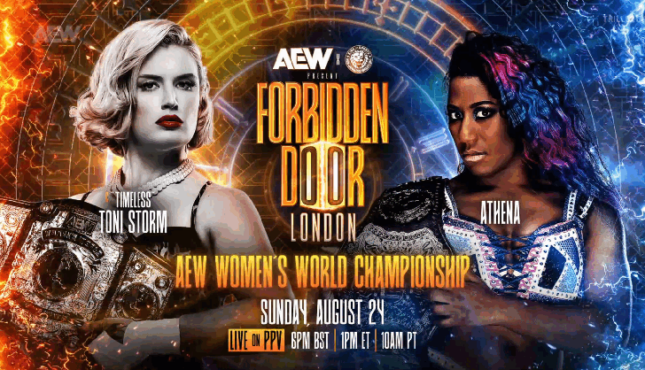The First Four History-Makers of Black Women Wrestlers
- Former Staff
- Feb 1, 2022
- 3 min read
Let’s start at the beginning when four black females changed the landscape of black women wrestling forever. For our part, here at Women’s Wrestling Talk, we’ll be honoring black female wrestlers from the 1950s to now, for the next 28 days to commemorate Black History Month. To begin, there are Ethel Johnson, Babs Wingo, Kathleen Wimbley, and Marva Scott, all of whom came to prominence during the heyday of women’s wrestling in the early twentieth century. Johnson is often regarded as the world’s first black female wrestler, with the other three women following closely after.

In spite of the fact that all four of the ladies were great athletes, Johnson was the most naturally athletic and the most popular with the audience. Aside from that, she was a trailblazer in the application of the standing dropkick.

In 1952, Johnson, Wingo, and Wimbley wrestled in a main event tag team match in Baltimore, where they established an all-time attendance record with 3,611 spectators, establishing an all-time record for wrestling in the city. They were drawing 9,000 people to the Municipal Auditorium in Kansas City by 1954, when they shared the stage with Gorgeous George, one of the most renowned wrestlers of all time. Johnson and Wingo have crowned World Heavyweight Champions in 1956. Scott was rated third in the world by Ring Magazine in December 1968, ahead of then-NWA champion Moolah, who was placed fourteenth in the same issue. Both Johnson and Wingo would go on to challenge Burke for the NWA women’s title once.

When it came to the women’s ring skills, even on a night that featured Hall of Famer Dory Funk Sr., the spotlight was always on the ladies. Even though they achieved great success and prosperity at a period when Jim Crow laws were still in effect, the sisters’ achievements and affluence during this period cannot be overstated, it is a little-known chapter in American history. Wrestling was a popular sport for women, even if they had to deal with the accepted prejudice of the period (in Lady Wrestler, Johnson writes about how vacations to southern states frequently entailed women hiding in the trunk while traveling with a white person), but they were still popular.

In terms of their in-ring ability, Johnson, Wingo, Wimbley, and Scott were all light years ahead of their time in the ring. With the exception of a few stylistic peculiarities of the time period, the film that exists of them seems to be footage from a match from the 1980s or early 1990s in the United States. Johnson was a highly nimble fighter in the ring, delivering dropkicks, a variant of flying head scissors, and the atomic drop, which was hailed as a feat of athleticism by the press at the time. Many of the women’s wrestlers of the period used kip ups (which involve vaulting from one’s back to one’s feet in one motion) as part of their routine—a movement that Shawn Michaels would employ to great fanfare to build up his finishing move in the mid-90s, according to the WWE.
Eventually, Ethel Johnson faced off against her mentor, Mildred Burke, for the NWA World Women’s Championship. Johnson won. Unfortunately, she was never able to win the championship or acquire the level of notoriety that she seems destined to accomplish.
Despite this, she and her contemporaries set the path for a generation of African American women who followed in their footsteps. It’s a real pity that their story isn’t being told more widely at this point. They earned a name for themselves in the realm of professional wrestling at a time when there were few options for women of their caliber.












Comments